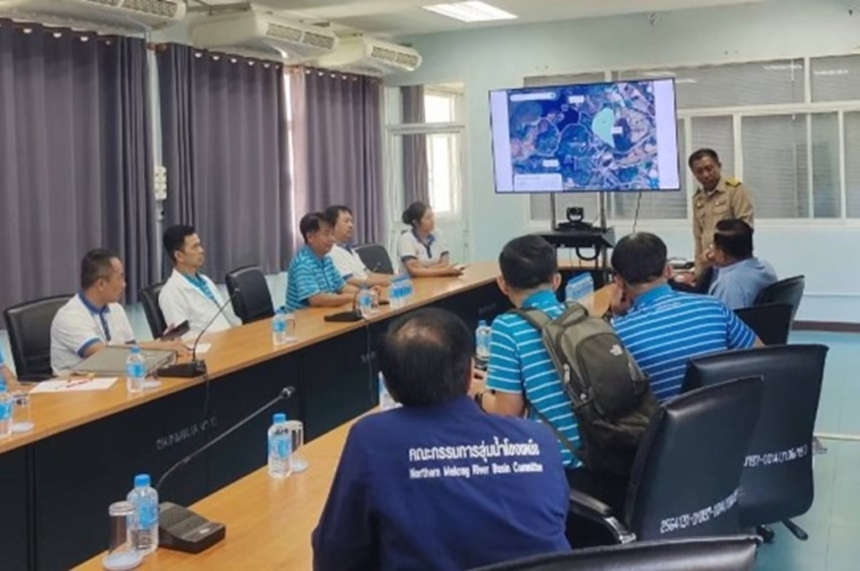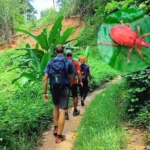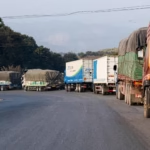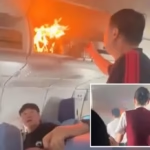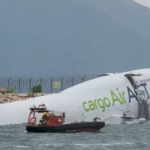CHIANG RAI – The Provincial Waterworks Authority (PWA) is moving ahead with a long-term solution to raw water quality issues in Chiang Rai. A new water treatment plant will tap the Lao River and Mekong River, delivering clean, safe tap water for daily use.
Mr. Chakkraphong Khamchan, Governor of the PWA, stated that the agency prioritizes public confidence and water quality. It has mapped out both short-term and long-term actions to address contaminants found in the Kok, Sai, Ruak, and Mekong Rivers in Chiang Rai province.
In the short term, the Mae Sai and Chiang Rai branches have tightened production controls and upgraded treatment steps, so customers receive water that meets standards and is safe to use.
For the long term, the PWA will build new treatment plants and switch to new raw water sources under two key projects:
- The Mae Sai branch has started building a new water treatment plant in the Chiang Saen district, with an investment of 916.094 million baht. The plant will draw raw water from the Mekong River instead of the Sai and Ruak Rivers. It will supply Mae Chan, Huai Khrai, and Mae Sai, meeting current demand and supporting community growth. The project is expected to finish by 2570.
- The Chiang Rai branch currently uses raw water from the Kok River. To reduce risk, the PWA is working with the Royal Irrigation Department to use water from the Mae Lao Operation and Maintenance Project in the Mae Lao district. A new plant will be built to deliver treated water to Chiang Rai city. The investment is estimated at about 1,000 million baht, pending government budget approval. Once complete, the service will cover the Chiang Rai branch area and expand to Mae Lao and nearby communities, giving more people access to safe water.
The Governor added that, even when raw water contains contaminants, the PWA can treat and control water quality so people can use it with confidence. New treatment technologies are being applied to remove contaminants and improve water quality. Regular testing is carried out. For updates on water quality reports and local water conditions.
Chiang Rai Groundwater
Meanwhile, on 15 October 2025, Phadol Thavornkritsarat, Director-General of the Department of Groundwater Resources, said that Deputy Prime Minister and Minister of Natural Resources and Environment, Suchart Chomklin, had visited Chiang Mai and Chiang Rai to review the response to contamination in the Mae Kok River.
He instructed the department to prepare surveys and secure groundwater sources as backup supplies for village water systems, for household use.
He has assigned Suwit Boonchai, Director of the Groundwater Resources Office Region 1 (Lampang), to work on site with Arthit Boonrod, Acting Director of the Chiang Rai Provincial Office of Natural Resources and Environment, along with executives from Mae Yao Subdistrict Municipality, the Mae Yao subdistrict head, municipal councillors, and community leaders in Mae Yao, Mueang Chiang Rai, Chiang Rai.
The team is selecting suitable sites to survey and develop groundwater sources. These would serve as reserve water supplies for village waterworks, replacing raw water taken from the Mae Kok River.
Survey locations include Ban Ruam Mitr, Village 2, Ban Huai Sai Khao, Village 3, and Ban Phasuk, Village 4, in Mae Yao, Mueang Chiang Rai. Around 20 points are being assessed. Mae Yao Subdistrict Municipality will also identify more areas for Region 1 (Lampang) to examine and develop further groundwater sources.
Suchart is concerned for residents who reported contamination in the Mae Kok River. The river links to neighbouring countries and affects Chiang Rai and Chiang Mai. He has directed the Department of Groundwater Resources to track progress and provide regular updates.
The ministry is expediting a budget request to present to the government. The aim is to secure approval quickly, support affected communities, and address the problem without delay.




